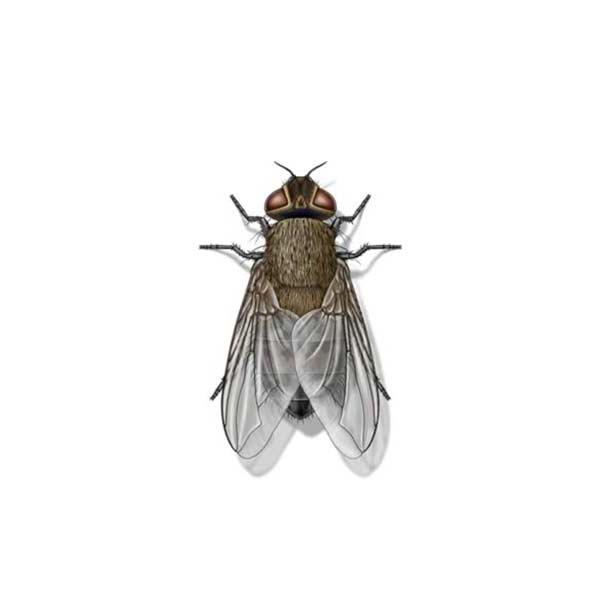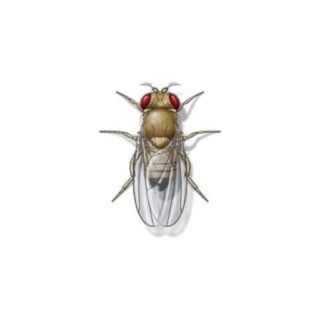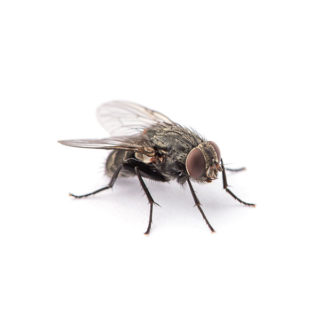Cluster Flies in Mid-South TN
Cluster flies are a member of the blowfly family. Widely distributed throughout the United States, except for the southwest U.S., they come inside seeking warmth in the fall to overwinter. Often, they will gather in secluded and inaccessible places, such as wall cavities, attics, and false ceilings. In the springtime, cluster flies attempt to leave their hibernation site and end up in living areas where they become a nuisance.
Cluster Fly Habitat
Cluster flies normally live outdoors where they frequent flowers and ripe fruits. With the approach of cool weather, they seek shelter and hide, often in clusters, in nooks and dark corners, underneath clothing in closets, beneath curtains, in wall voids, and behind pictures and furniture. The increasing warmth of spring induces activity, and flies emerge.
Cluster Fly Behaviors, Threats, or Dangers
Cluster flies are not as much of a health hazard as most flies because they are not attracted to human foods. However, their presence is annoying, and they tend to travel in swarms of thousands. In the fall, adult flies gather near windows in buildings and homes, spinning around and buzzing noisily. When swatted, they leave a greasy spot. While they hibernate over the winter, their accumulated excrement can give off a noticeable stench. They may also stain fabrics and walls.
If you are dealing with a cluster fly problem on your property, contact your local fly exterminators.
Need help with Cluster Fly control?
We'll call you! Leave your information below.
Need Pest Control?
Get a free, no-obligation quote.
"*" indicates required fields
*During normal business hours. After hours inquiries will be returned the next business day.




